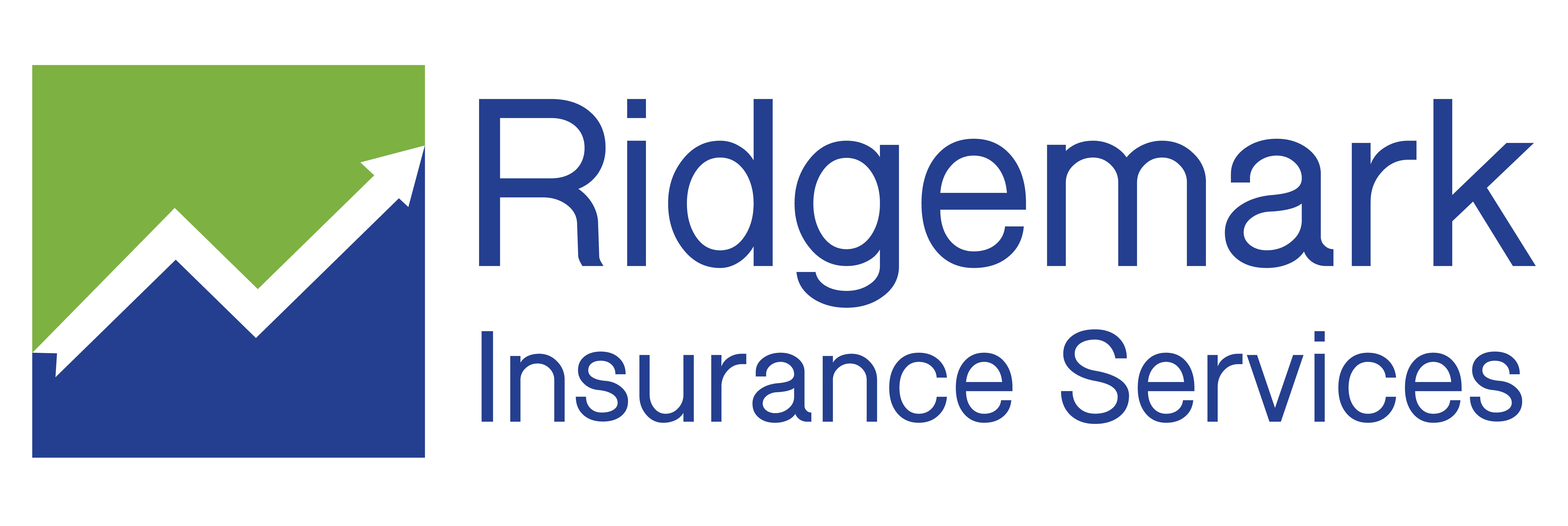For the third year in a row, California Insurance Commissioner Ricardo Lara has rejected the Workers’ Compensation Insurance Rating Bureau’s proposal for a workers’ compensation rate increase, and has ordered instead that benchmark rates remain the same.
Lara rejected the WCIRB’s proposal that benchmark rates increase 7.6% for policies incepting on or after Sept. 1, saying that there was not enough data to support such a large increase. That means the average benchmark rate will remain unchanged at $1.45 per $100 of payroll over the next year, compared to the $1.56 per $100 of payroll the Rating Bureau had recommended.
The commissioner also rejected a proposal to include a 0.008 cent add-on to account for costs of COVID-19 claims. “Taking into account the unpredictability around COVID-19’s future impact on the workers’ compensation insurance system, and given the very modest indication, I do not believe an additional charge for COVID-19 is warranted at this time,” he said.
The benchmark rate — also known as the pure premium rate — is an average across all of California’s 500-plus class codes. The pure premium rate is a base rate that carriers can use as a guidepost to price their policies.
The rate only takes into account the cost of claims and administering them, and does not take into account other factors such as insurance company overhead and profits.
Insurers are not required to follow the benchmark rate and they can choose to use it or not when pricing their policies. That said, most carriers follow the rate closely, as evidenced by the continuing low pricing for workers’ comp policies in California.
COVID-19 claims
Lara also rejected the Rating Bureau’s proposal to start including COVID-19 claims in the computation of employers’ experience modifications (X-Mods) for claims, starting Sept. 1.
In 2020, at the start of the pandemic, Gov. Gavin Newsom ordered that illness claims for COVID-19 infections contracted in the workplace be covered by workers’ compensation and that those claims not be included when calculating an employer’s X-Mod.
At the time, the reasoning was that employers had no experience in limiting transmission in the workplace and that COVID-19 infections among workers did not reflect a company’s safety efforts.
The Rating Bureau recommended that COVID-19 claims be included in X-Mod calculations for all claims incurred on or after Sept. 1. It argued that “like many other workers’ comp hazards, COVID-19 is now part of the ecosystem, and employers can take steps to mitigate the risk and protect their workers.”
In rejecting the proposal, the Department of Insurance said that employers should not be penalized with higher premiums for failing to keep employees from contracting a disease that is spreading throughout society.
How rate decision affects your policy
Whether an employer’s insurance rate stays the same, increases or decreases will depend on its claims history, industry and location. Some employers may still see rate increases if they’ve had claims, especially ones that require costly medical treatment.
If you are concerned about your workers’ comp rates, please give us a call to discuss.

